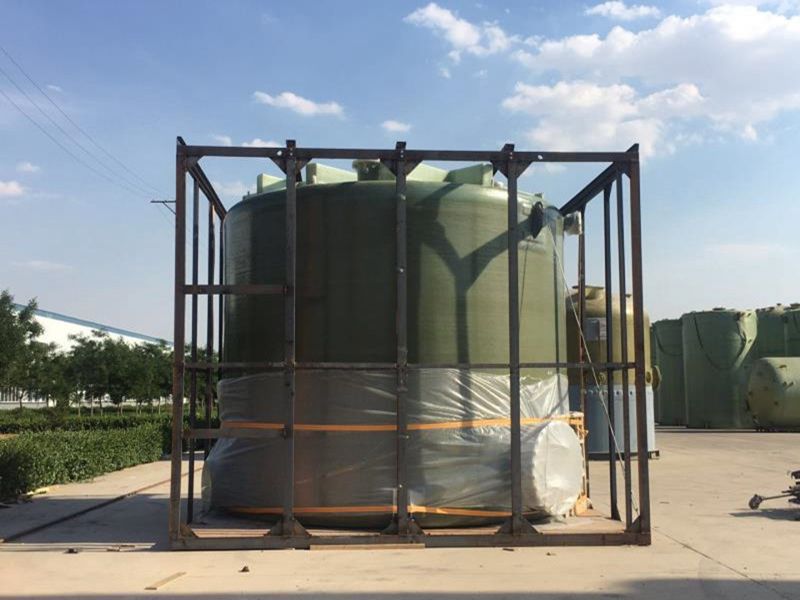
-
 Afrikaans
Afrikaans -
 Albanian
Albanian -
 Amharic
Amharic -
 Arabic
Arabic -
 Armenian
Armenian -
 Azerbaijani
Azerbaijani -
 Basque
Basque -
 Belarusian
Belarusian -
 Bengali
Bengali -
 Bosnian
Bosnian -
 Bulgarian
Bulgarian -
 Catalan
Catalan -
 Cebuano
Cebuano -
 China
China -
 China (Taiwan)
China (Taiwan) -
 Corsican
Corsican -
 Croatian
Croatian -
 Czech
Czech -
 Danish
Danish -
 Dutch
Dutch -
 English
English -
 Esperanto
Esperanto -
 Estonian
Estonian -
 Finnish
Finnish -
 French
French -
 Frisian
Frisian -
 Galician
Galician -
 Georgian
Georgian -
 German
German -
 Greek
Greek -
 Gujarati
Gujarati -
 Haitian Creole
Haitian Creole -
 hausa
hausa -
 hawaiian
hawaiian -
 Hebrew
Hebrew -
 Hindi
Hindi -
 Miao
Miao -
 Hungarian
Hungarian -
 Icelandic
Icelandic -
 igbo
igbo -
 Indonesian
Indonesian -
 irish
irish -
 Italian
Italian -
 Japanese
Japanese -
 Javanese
Javanese -
 Kannada
Kannada -
 kazakh
kazakh -
 Khmer
Khmer -
 Rwandese
Rwandese -
 Korean
Korean -
 Kurdish
Kurdish -
 Kyrgyz
Kyrgyz -
 Lao
Lao -
 Latin
Latin -
 Latvian
Latvian -
 Lithuanian
Lithuanian -
 Luxembourgish
Luxembourgish -
 Macedonian
Macedonian -
 Malgashi
Malgashi -
 Malay
Malay -
 Malayalam
Malayalam -
 Maltese
Maltese -
 Maori
Maori -
 Marathi
Marathi -
 Mongolian
Mongolian -
 Myanmar
Myanmar -
 Nepali
Nepali -
 Norwegian
Norwegian -
 Norwegian
Norwegian -
 Occitan
Occitan -
 Pashto
Pashto -
 Persian
Persian -
 Polish
Polish -
 Portuguese
Portuguese -
 Punjabi
Punjabi -
 Romanian
Romanian -
 Russian
Russian -
 Samoan
Samoan -
 Scottish Gaelic
Scottish Gaelic -
 Serbian
Serbian -
 Sesotho
Sesotho -
 Shona
Shona -
 Sindhi
Sindhi -
 Sinhala
Sinhala -
 Slovak
Slovak -
 Slovenian
Slovenian -
 Somali
Somali -
 Spanish
Spanish -
 Sundanese
Sundanese -
 Swahili
Swahili -
 Swedish
Swedish -
 Tagalog
Tagalog -
 Tajik
Tajik -
 Tamil
Tamil -
 Tatar
Tatar -
 Telugu
Telugu -
 Thai
Thai -
 Turkish
Turkish -
 Turkmen
Turkmen -
 Ukrainian
Ukrainian -
 Urdu
Urdu -
 Uighur
Uighur -
 Uzbek
Uzbek -
 Vietnamese
Vietnamese -
 Welsh
Welsh -
 Bantu
Bantu -
 Yiddish
Yiddish -
 Yoruba
Yoruba -
 Zulu
Zulu
frp weir
Understanding FRP Weirs A Modern Approach to Water Management
In the realm of civil engineering and hydraulic structures, weirs play a pivotal role in water management, enabling the regulation of water flow, measurement of discharge, and effective drainage solutions. One of the recent advancements in the design and construction of weirs is the use of Fiber Reinforced Polymer (FRP) materials. FRP weirs offer several benefits over traditional concrete or steel structures, making them increasingly popular in various applications.
.
One of the significant advantages of FRP weirs is their lightweight nature, which simplifies transportation and installation. Unlike conventional concrete weirs, which require extensive scaffolding and heavy machinery for placement, FRP structures can be easily maneuvered and positioned by fewer personnel. This reduced need for complex installation processes not only cuts down on labor costs but also minimizes environmental disruption at installation sites.
frp weir

Moreover, the design versatility offered by FRP materials is commendable. Engineers can mold FRP into various shapes and sizes, allowing for customizable weir designs tailored to specific site requirements. This flexibility is especially beneficial in locations with unique hydrological characteristics, where traditional weir designs may not suffice. By accommodating custom designs, FRP weirs can enhance the functionality and efficiency of water management systems.
Another critical aspect of FRP weirs is their ability to integrate advanced monitoring technologies. With the increasing demand for data in water management, integrating sensors and monitoring devices into FRP structures can provide real-time data on water levels and flow rates. This data is invaluable for effective decision-making, ensuring that water management is both proactive and responsive to changing conditions.
Environmental sustainability is at the forefront of modern engineering practices, and the use of FRP weirs aligns well with this ethos. Their longevity and low maintenance requirements reduce the frequency of repairs and replacements, leading to a lower carbon footprint over time. Additionally, the production of FRP materials can be managed to minimize environmental impact, further solidifying its role as a sustainable choice in civil engineering.
In conclusion, FRP weirs represent a significant innovation in the field of water management. Their lightweight design, durability, customizability, and potential for integrating technology make them a viable alternative to traditional weir structures. As water-related challenges become increasingly complex due to environmental changes and urbanization, the adoption of advanced materials like FRP will play a crucial role in developing effective and sustainable solutions. As engineers and environmentalists continue to seek improvements in water management systems, FRP weirs will undoubtedly pave the way for smarter, more sustainable infrastructure.
Latest news
-
Exploring the Benefits of Top Hammer Drifter Rods for Enhanced Drilling PerformanceNewsJun.10,2025
-
High-Precision Fiberglass Winding Machine for GRP/FRP Pipe Production – Reliable & Efficient SolutionsNewsJun.10,2025
-
FRP Pipes & Fittings for Shipbuilding - Corrosion-Resistant & LightweightNewsJun.09,2025
-
Premium FRP Flooring Solutions Durable & Slip-ResistantNewsJun.09,2025
-
Premium Fiberglass Rectangular Tanks Durable & Lightweight SolutionNewsJun.09,2025
-
Tapered Drill String Design Guide Durable Performance & UsesNewsJun.09,2025









